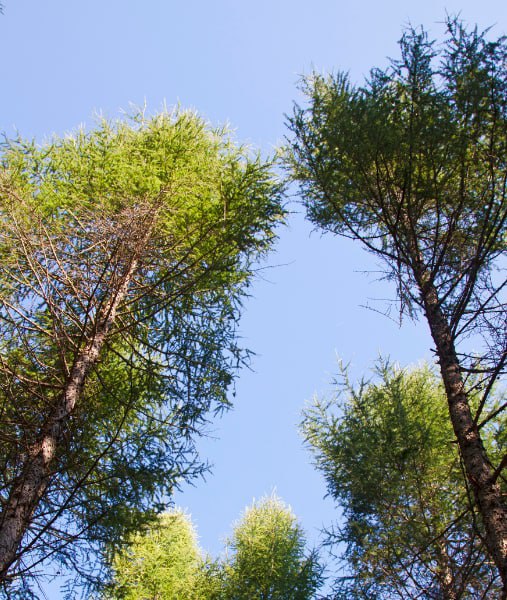
Introduction: For tree maintenance, pollarding and coppicing are two traditional pruning techniques used for centuries. While they may sound unfamiliar to some, these methods offer various benefits for trees and the environment. In this blog post, we’ll explore the art of pollarding and coppicing, highlighting their advantages and how they can be employed in modern arboriculture.
Understanding Pollarding and Coppicing: Pollarding and coppicing are techniques to manage and rejuvenate trees and woody shrubs. They involve cutting branches or stems to stimulate new growth and maintain the plant’s health. Here’s a brief overview of each technique:
- Pollarding:
- Pollarding is the practice of cutting back the upper branches of a tree to encourage the growth of new shoots from the cut points.
- It’s typically performed on fast-growing species like willows, poplars, and certain ornamental trees.
- The cuts are made at a specific height, creating a “pollard head” from which new branches sprout.
- Coppicing:
- Coppicing involves cutting a tree or shrub down to its base or a few inches above ground level.
- It’s often applied to hardwood trees such as oaks, hazels, and chestnuts.
- The regrowth from the cut stump, known as “stool,” is harvested for various uses, including firewood, fencing, and crafts.
Benefits of Pollarding and Coppicing:
- Sustainable Resource Management:
- Coppicing, in particular, provides a renewable source of wood and other plant materials, reducing the need for logging in natural forests.
- It promotes a continuous cycle of growth and harvest, benefiting local ecosystems.
- Enhanced Wildlife Habitat:
- The regrowth resulting from pollarding and coppicing provides valuable habitat and food sources for wildlife.
- Many bird species, insects, and small mammals thrive in these rejuvenated areas.
- Tree Health and Longevity:
- Pollarding can extend the lifespan of certain tree species by reducing the risk of disease and decay in older branches.
- It can also prevent trees from becoming too large and posing a risk to nearby structures.
- Aesthetic Benefits:
- Well-maintained pollarded and coppiced trees can enhance the visual appeal of gardens, parks, and urban areas.
- They can be shaped and pruned to create unique and artistic forms.
- Controlled Growth:
- Pollarding and coppicing allow for better control of tree growth, which is useful in urban environments and alongside roadways.
- They help manage tree size and reduce potential hazards.
Conclusion: Pollarding and coppicing are age-old pruning techniques that offer numerous benefits in modern tree care and land management. These practices support sustainable resource use, wildlife habitat creation, and the health and longevity of trees. When implemented correctly, they can contribute to the beauty and functionality of both natural and urban landscapes. If you have trees that could benefit from these techniques, consider consulting with a professional arborist to ensure the best results.
Call us on: 01892 352898
Click here to find out more about T Wells Tree Surgeons
Click here to complete our contact form and see how we can help with your tree’s needs.